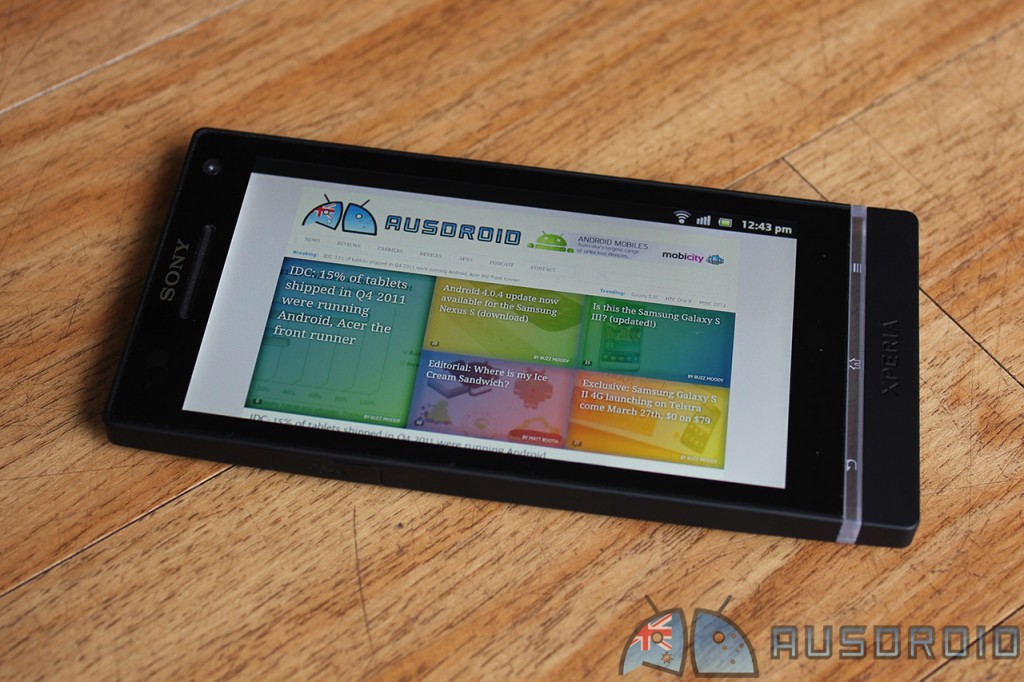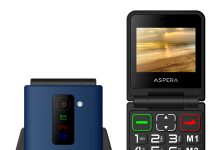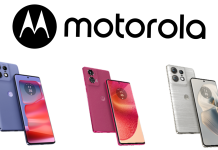
Sony Mobile’s first flagship device, and it’s running a previous generation OS
The Sony Xperia S is a phone a lot of people have been looking forward to ever since it was announced by the newly formed Sony Mobile back at CES. It is Sony Mobile’s first flagship Android device so I was expecting they would go all-out on it. In terms of hardware, they have; in terms of software, they haven’t. To launch your flagship device running Android 2.3.7 when the latest version is 4.0.x is dropping the ball hard. Users miss out on the functionality and fluidity of Ice Cream Sandwich which adds a whole new level of polish to an already stunning piece of hardware.
With its 4.3-inch 1280×720 Reality Display with Bravia Engish technology is beyond amazing. At over 340ppi, it’s almost impossible to make out individual pixels — you’d have to have a very keen eye up very, very close to the display to discern between the pixels. The amazing factor doesn’t stop there. Sony have strapped a 12.1MP camera to the back of the device which is capable of shooting better-than-average photos as well as Full HD video (with continuous autofocus!). There is a single LED for flash lighting, but it’s mediocre at best.
The whole phone has a plastic feel to it, however, it is very sturdy and solid in the hand — heavier than the Galaxy Nexus, also. Sony says the touchscreen is scratch resistant as is the entire plastic shell of the Xperia S which is always nice. On the front of the Xperia S you’ll find the 1.3MP camera, notification LED, the display (duh) and 3 capacitive buttons which have terrible touch response. There’s also the attractive, glowing translucent plastic which holds the antenna mesh in place.
On the right hand side is the HDMI-out slot which has a plastic cover to keep dirt out, there’s also the volume rocker, and dedicated camera key. When you press the camera key when the phone is in sleep mode, it will open the camera and take a photo in about a second. On the left hand side is where you’ll find the standard Micro USB charging port. On the top is the power button and 3.5mm headphone jack. The bottom has a handy lanyard holder so you can have you phone hanging around your neck.
- Slick, sexy design with a solid feel
- Insane 720p display with 340ppi+
- Dedicated camera button reduces shaking
- Decent 12.1MP camera for photos
- Android 2.3.7
- Over 10 Sony apps that shouldn’t be installed by default
- Shaky video
- Bad touch response
- Takes a long time to charge
- No automatic brightness
A problem I had on previous Sony Ericsson device was the power button being recessed into the phone so it was hard to hit it, with the Xperia S it sticks out and is simple to press when holding the phone naturally. The inclusion of a HDMI-out port is fantastic for playing high-definition content from your phone onto your TV, although considering the amazing display on the Xperia S, I doubt you’ll bother playing it on your TV too often.
The glowing translucent plastic below the display is a really nice touch. It doesn’t shine light directly into your eyes (like the Xperia X10) instead it has a gentle glow 360 degrees around it and shows the icons of where you should press the capacitive buttons above (when they decide to work). I still kind of find it annoying how the icons are on the plastic as you sometimes ending pressing it instead of the buttons.
Call quality was perfectly fine and data speeds weren’t really an issue on Optus’ 3G network, though they weren’t mind-blowing either. Battery life is good, but not great, considering it takes much longer than my Galaxy Nexus to charge, I would have thought it would have lasted a bit longer — terrible logic to go by, obviously.
The obviously downfall of the Xperia S is the fact it’s running a previous generation of Android. Even worse is when Sony say they add their own apps to the phone to make the user experience better. It doesn’t. There are about 13 apps on the phone that are pre-installed by Sony that just don’t need to be there. They should put them on the Google Play Store considering they have their own ‘Sony’ section on it.
TimeScape makes an appearance on the Xperia S and it’s completely useless, so not much has changed since the Xperia X10. I fired it up to try it out and quickly replaced it with Plume (for Twitter) and the official Facebook app, which works better on Gingerbread than it does on Ice Cream Sandwich, so there’s an upside to Android 2.3. If Sony were to update this device to ICS in the next month and allow the apps to be removed or even hidden, I would have no problems recommending this device to people, especially with the appealing sub-$500 pricing.
There aren’t many things about the hardware that need improvements. The loudspeaker is mediocre at best, which isn’t a good thing on a media device. The overall touch response on the Xperia S is pretty bad. The capacitive buttons are very much hit-and-miss at the best of times and even in software touches are sometimes not picked up. This has been a problem on a few Sony Ericsson devices I’ve played with, so it’s something Sony ultimately need to fix. Whether it’s a software issue that can be fixed with ICS, I’m not too sure.
Upon removing the back cover of the Xperia S, you’re faced with just one thing: the Micro SIM slot. There’s no way to access the battery as it’s completely internal. This stops you from being able to get an extended battery, or giving you the option to pull the battery in the rare instance the phone freezes up completely.
[nggallery id=123]
Specs..
- Android 2.3.7
- 1.5GHz MSM8260 Dual-Core CPU
- 4.3-inch 1280×720 (342ppi) TFT Display
- 128 x 64 x 10.6 mm
- 144 grams
- 12.1MP / 1.3MP cameras
- 32GB Internal Memory
- 14.4Mbps HSPA 850/900/1900/2100MHz
- 1700mAh battery
After using the Sony Xperia S for the past few days, I had no problems moving back to my Galaxy Nexus, in fact I preferred it. If, and only if Sony launched the Xperia S with Android 4.0, I’m sure I wouldn’t be as happy to go back to the Galaxy Nexus.
Given its low price, the Xperia S is certainly going to be a device consumers are going to take a look at, and if you’re the type that will root and ROM it (when Sony allows it), then I say go ahead, it’s a good investment. If you’re the average consumer who’s going to keep the phone the way it is, I can only point you in the direction of the Galaxy Nexus or HTC’s One X — both of which run Ice Cream Sandwich — because this device won’t be getting ICS until closer to the middle of the year.
Sony have really shot themselves in the foot with this one.
[nggallery id=121]
[nggallery id=122]



